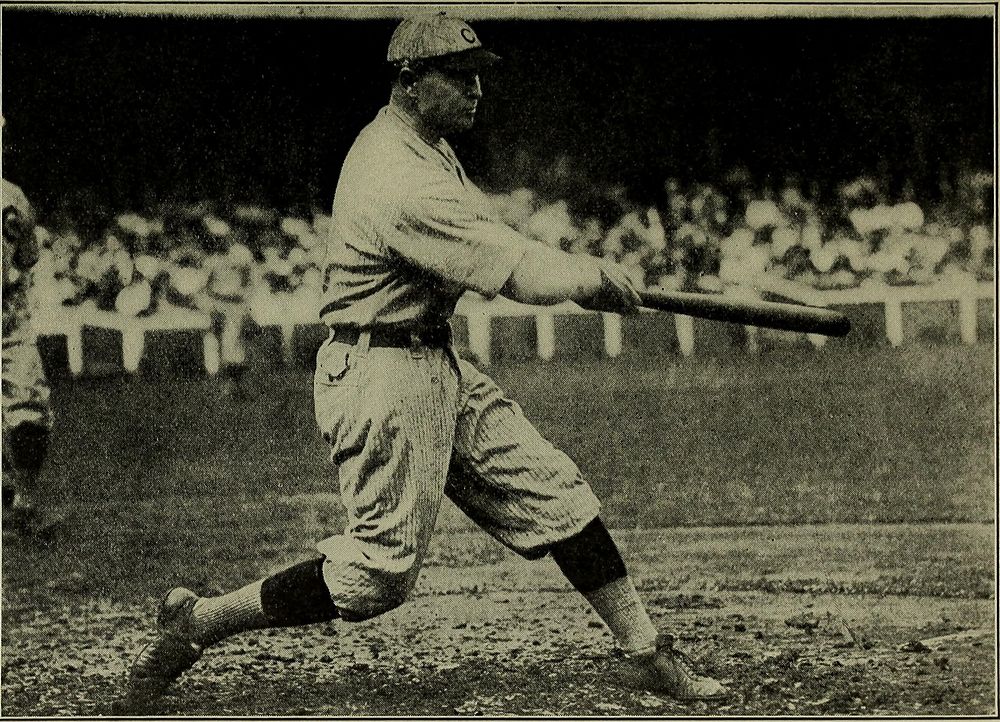https://creativecommons.org/publicdomain/zero/1.0/https://www.rawpixel.com/image/9975789

Identifier: howtoplaybasebal00mcgr (find matches)Title: How to play baseball, a manual for boysYear: 1914 (1910s)Authors: McGraw, John Joseph, 1873-1934. (from old catalog)Subjects: BaseballPublisher: New York and London, Harper & brothersContributing Library: The Library of CongressDigitizing Sponsor: The Library of CongressView Book Page: Book ViewerAbout This Book: Catalog EntryView All Images: All Images From BookClick here to view book online to see this illustration in context in a browseable online version of this book.Text Appearing Before Image:are giving the pitcher an ad-vantage, and every time you come to the bat itis a contest of wits between the pitcher andyou. Good batters do not let the pitcher getthem into the hole—that is, with more strikesthan balls—by hitting at everything that hethrows them. When jrou make a pitcher workto the limit every time you bat you are notonly helping yourself but your club. If atwirler finds that a small man will offer at aball off the outside of the plate, he will keepthem there and the batter will never get a hit.A small man cannot reach a ball on the outsideof the plate. Therefore, it is very importantthat a batter become a good judge of a strike,and this knowledge can only be obtained bypractice and self-confidence. The short holdwill help you in this, because you can stopyour swing before the bat crosses the plate ifyou see the ball breaking out of reach, and astrike will not be called on you. In scientific batting, a man should learn tohit behind the runner, as Big Leaguers callText Appearing After Image:-a cjGO CJ O CO 2 Cos CJ •fi d S * ^ .- o ^ £ 2 •g CO cj a 6C G3C3 d 2 ■s s CJ « as 3 -d ,» eg O C5 d aj do a o fcxNote About ImagesPlease note that these images are extracted from scanned page images that may have been digitally enhanced for readability - coloration and appearance of these illustrations may not perfectly resemble the original work.
Original public domain image from Wikimedia Commons
Public DomainFree CC0 image for Personal and Business use